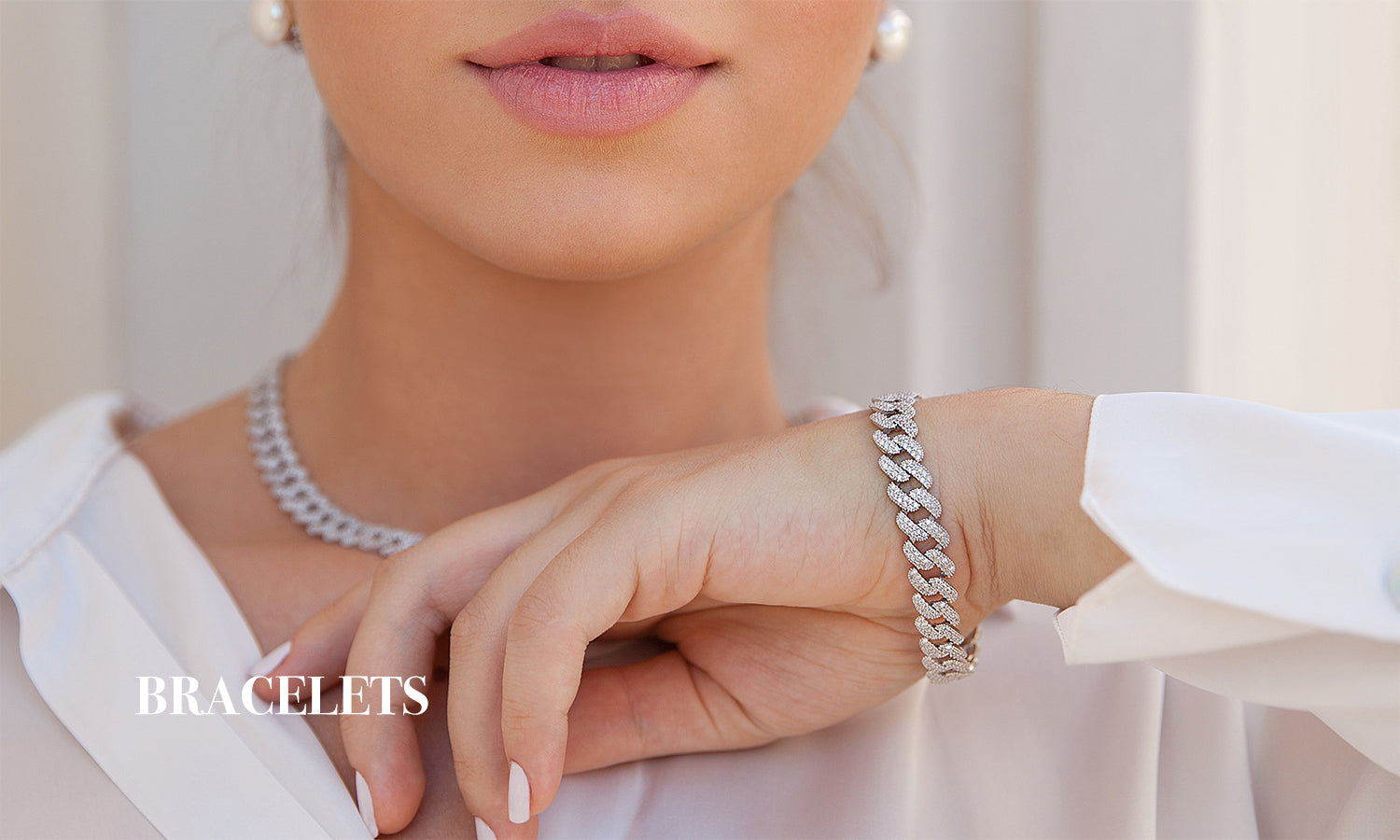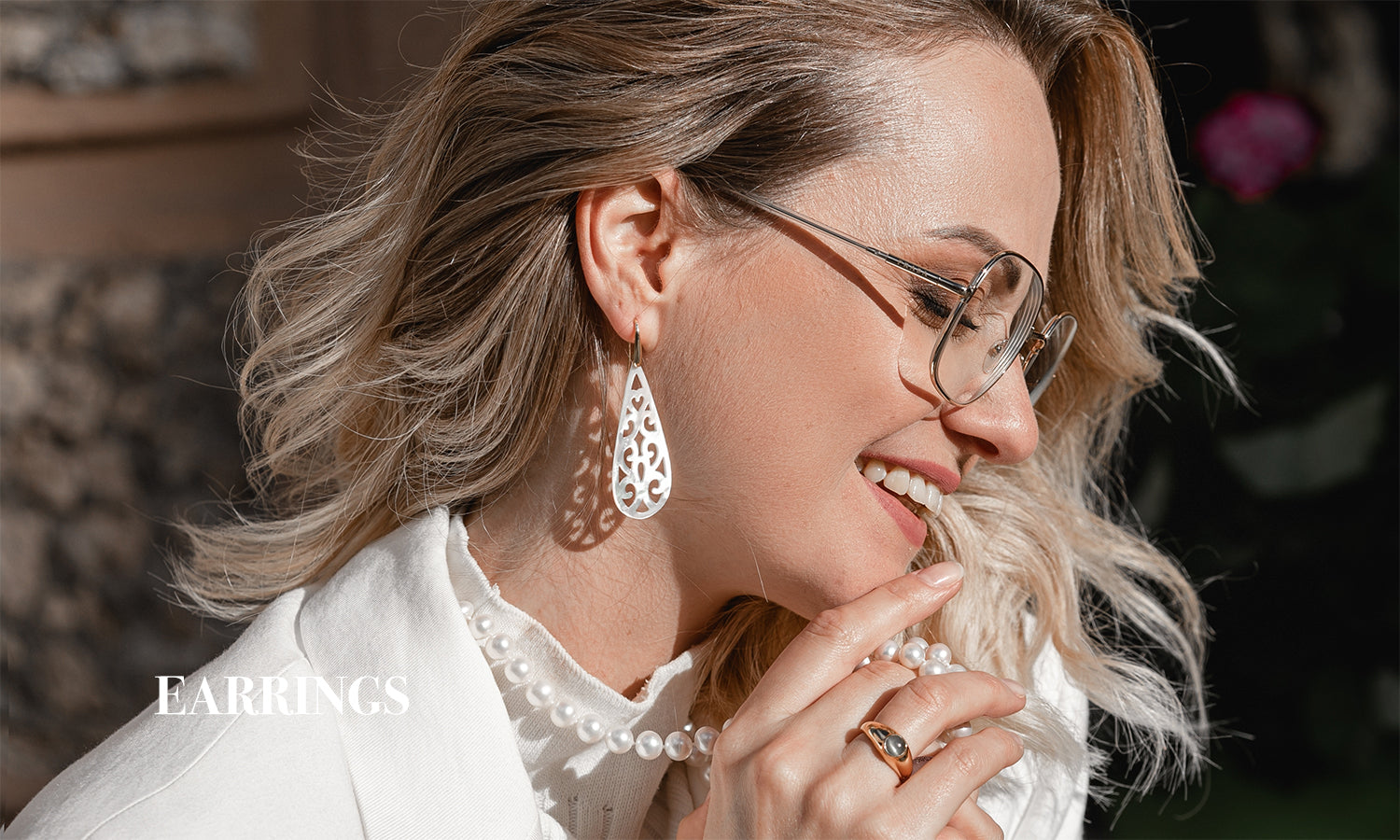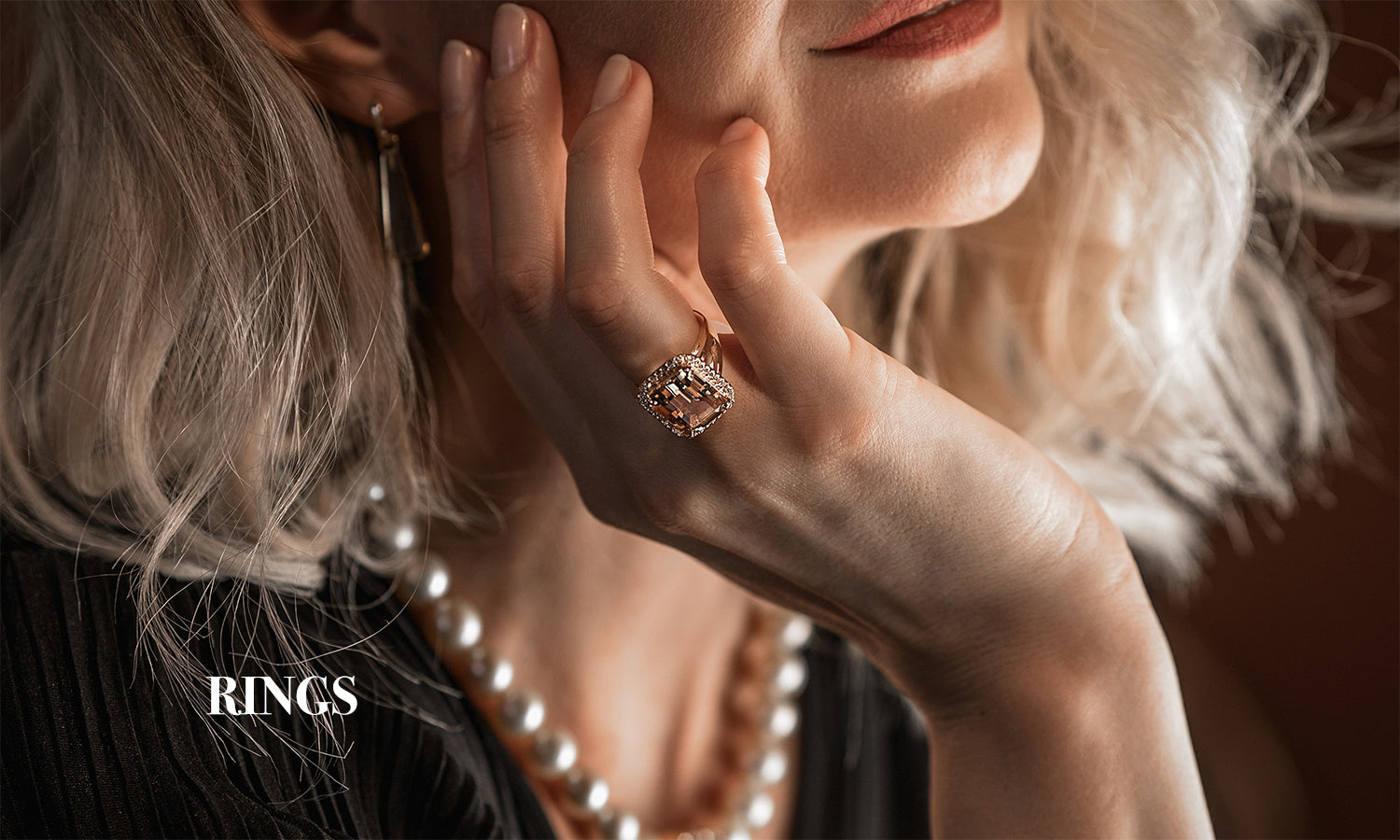
Art Nouveau vs. Art Deco Jewelry
Share
Art Nouveau vs. Art Deco Jewelry
You may have heard of Art Nouveau or Art Deco jewelry, but do you know what they are? They are two artistic styles that emerged in the field of architecture, and despite having very different characteristics, they are often confused. In Planderful we will give you a brief guide to differentiate art nouveau and art deco jewelry.
Art Nouveau
The Art Nouveau movement occurred in the late nineteenth and early twentieth centuries, before the rise of Art Deco. The name Nouveau, or "new," indicates the artists' desire to create modern designs and leave behind the old and staid Victorian style.
Art Nouveau is considered the forerunner of modern art and bridged the gap between 19th-century art and Modernism. This movement sought to unite all forms of art, and some considered it a way of life, as it was believed that everyday objects could be seen as works of art. This is seen in the work of Louis Comfort Tiffany. HE designed the stained glass Tiffany lamp, and beautiful architecture, such as the Casa Batlló designed by Antoni Gaudí in Barcelona.
Art Nouveau was inspired by the beauty of nature, focusing on the curves of flora and fauna or reproducing shapes such as dragonflies, birds, leaves, and flowers. This can also be seen in the work of William Morris, who emphasized craftsmanship and skill rather than mass production.
Another well-known artist was Charles Robert Ashbee, a leading British jewelry designer of the Arts and Crafts movement. Ashbee made use of precious stones such as moonstones, pearls, opals, and coral to create unique jewelry featuring birds, peacocks, insects, and plants.

Art Nouveau is important to the history of jewelry design because the movement viewed jewelry design as an art form. This jewelry incorporated Japanese art and goldsmithing and moved away from diamonds toward colored gemstones such as opal. One of the popular techniques was enameling. This allowed the natural features favored by Art Nouveau, such as leaves and insect wings, to be recreated with stunning precision. Previously, jewelers or goldsmiths were responsible for creating jewelry by working metal or setting stones, but Art Nouveau focused on jewelry designers as artists who would use gemstones, enamel, glass, ivory and metal to create a jewel artistic and unique.
The main icon of Art Nouveau jewelry was undoubtedly the French artist Réné Lalique. He was first famous for his glass art and later became France's leading Art Nouveau. He often used a glass paste to produce faces, flowers, and other colored components of his work.
Although the Art Nouveau movement was short-lived, there was a revival of Art Nouveau in the 1960s. Sensual curves, unity with nature, flowers, and nude women with long flowing hair were ideally suited to the hippie era and the flower power movement.
The appreciation of the Art Nouveau style has continued to this day and one of the current masters of the technique is award-winning Russian designer Ilgiz Fazulzyanov, whose exquisite jewelry encapsulates the essence of Art Nouveau, but with his own personal touches. Fazulzyanov is internationally recognized for his intricate enameling and was the first Russian jewelry designer to participate in and win the International Jewelry Design Excellence Award at the Hong Hong International Jewelry Fair in 2011.
You may be interested in: Collecting guide: Art Nouveau jewellery
Art Deco Jewelry
Art Deco is an artistic style after Art Nouveau, popular between the 1920s and 1930s. Like Art Nouveau, this style favored progression and modernity. In fact, it was called Style Moderne. However, unlike Art Nouveau, which used flowing curves and subtle colors, Art Deco brings symmetry, vertical lines and more contrasting and bold colors.
Art Deco embraced technology and often incorporated geometric shapes. The international popularity of this style took off at the time of the 1925 Paris Exposition, entitled Exposition Internationale des Arts Décoratifs et Industriels Modernes. Even so, the term "Art Deco" was not used to refer to the style until the 1960s, when architect Le Corbusier wrote about the Paris Exposition.
Like many other artistic movements of the time, Art Deco spread around the world and was evident not only in fine art but also in architecture. One of the most famous examples of Art Deco architecture can be seen in the tower of the Chrysler Building in New York City. This style also influenced interior design, practical everyday objects, and, of course, jewelry.

Source: https://www.gatsbyjewellery.co.uk/blog/art-deco-jewellery-designers
Popular materials for Art Deco jewelry were white, gold, and platinum. It was also characterized by the use of white diamonds in contrast to brightly colored gemstones such as jade, emeralds, rubies, red coral, turquoise, and sapphires. Black and white was also a characteristic combination. For example, black onyx was often used together with white quartz or diamonds. In addition, sophisticated shapes were created by enameling and cutting gemstones and settings. This allowed Art Deco jewelry designers to produce outstanding mosaic-like images.
Art Deco jewelry represented glamour, opulence, and sophistication, which fit the social climate of the Roaring Twenties and the spirit of the Jazz Age. During this time, women experienced great social change. The "new woman" of the Roaring Twenties enjoyed greater freedom and fun than her predecessors. This, along with the increased purchasing power of consumers, resulted in some of the most luxurious jewelry pieces ever designed, which continue to be admired to this day.
Their distinctive and exclusive style makes Art-Déco jewelry a favorite of jewelry lovers, collectors, and gemologists alike. This is because they appreciate the great beauty of each one of them and the work behind them. These jewels are undoubtedly pieces that represent the elegance and avant-garde of a century ago. Art Deco is still present today in many sectors, especially in jewelry and architecture.
You may be interested in: A Guide to Art Deco Jewellery
Now that you know the difference between Art Nouveau and Art Deco jewelry, you can visit the Planderful website to get your jewelry




